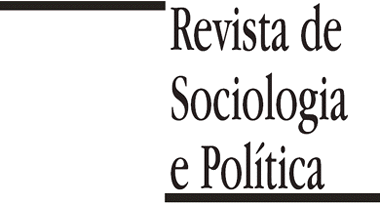ABSTRACT
Introduction:
Brazilian Federal Supreme Court’s Public Hearings have been provided by law since 1999, but the first session only occurred in 2007. From the hundreds of actions annually distributed at the court, no more than two of them will have, though its proceedings, the execution of a public hearing. They are rare events. But why are they convened?
Materials and Methods:
This research aims to answer this question. From a database containing concentrated control actions distributed between 1988 and 2020, two empirical hypotheses were tested: the odds of a public hearing being summoned increases (1) when the greater the salience of a cause, and (2) when there is divergence among the courts ministers.
Results:
The legal landmarks that regulate the summoning of a public hearing at the Supreme Court are quite vague and the literature, so far, have not disengaged from the task of explaining why some lawsuits do have hearings and others not. The present article innovates and contributes towards the agenda by identifying some patterns regarding the summoning of hearings in this court. Data shows that when the higher the number of amici curiae petitions that are filed in each lawsuit, and published news about it (metrics used as proxies of social repercussion), the greater the chances that the rapporteur will summon a public hearing. It was also found that actions with majority trials (when there is at least one divergence) possess greater chances of having a public hearing in comparison with actions with unanimous decisions.
Discussion:
The results confirm both hypothesis raises in this article. Ministers seem to be aware of public repercussion of cases under trial, seeing in public hearings the opportunity to communicate with the public and a window to, maybe, increase the diffuse court support. Furthermore, summoning a public hearing may work as a mechanism to reduce the rapporteur’s chance of defeat when there is divergence among ministers, either as an analog of agenda control, or as a source of authority arguments that reinforce and make the vote more persuasive before peers. In other words, exogenous (social repercussion) and endogenous (internal divergence) factors seem to influence the decision of ministers through the summoning of hearings.
Keywords
Supreme Federal Court; judicial behavior; public hearing; constitutionalism

 Thumbnail
Thumbnail
 Thumbnail
Thumbnail
 Thumbnail
Thumbnail
 Fonte: elaborado pelos autores.
Fonte: elaborado pelos autores.
 Fonte: elaborado pelos autores.
Fonte: elaborado pelos autores.
 Fonte: elaborado pelos autores.
Fonte: elaborado pelos autores.